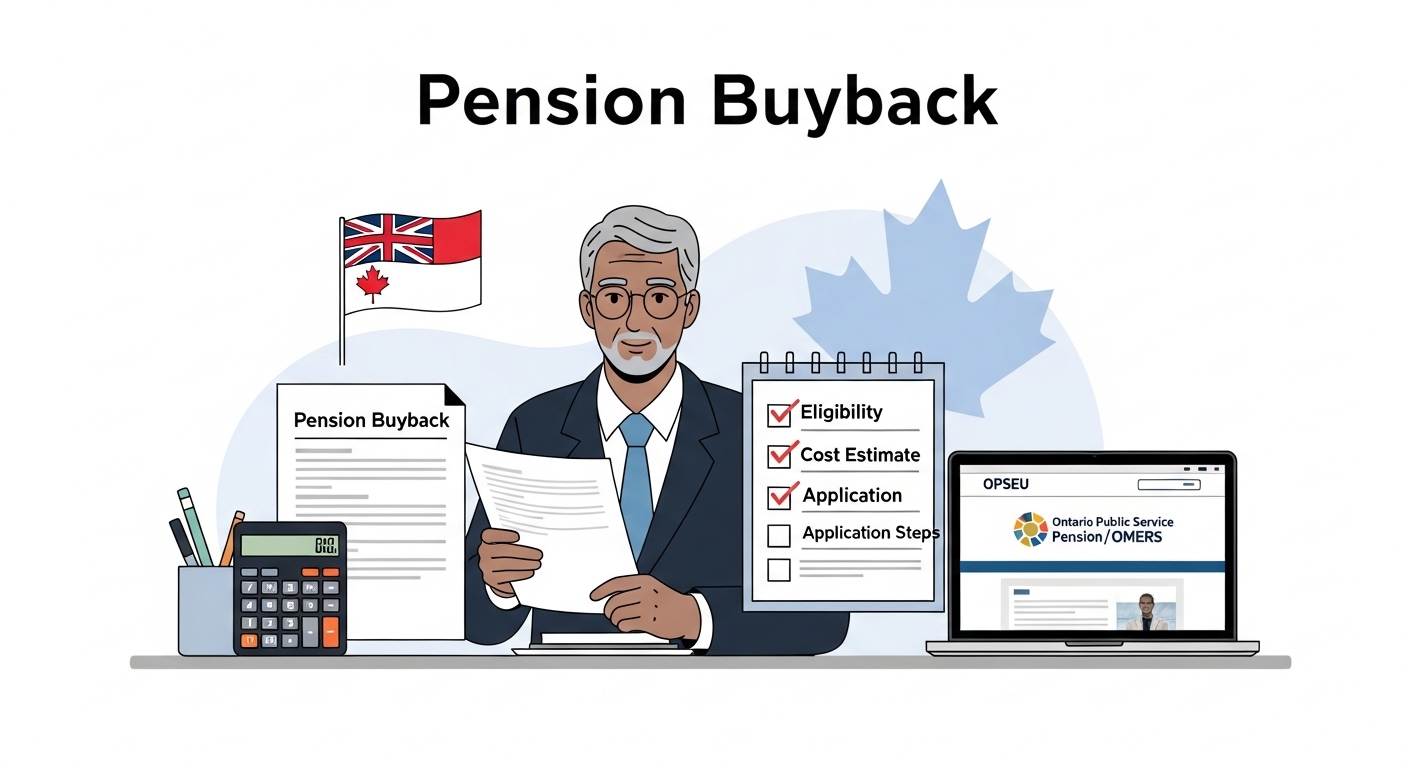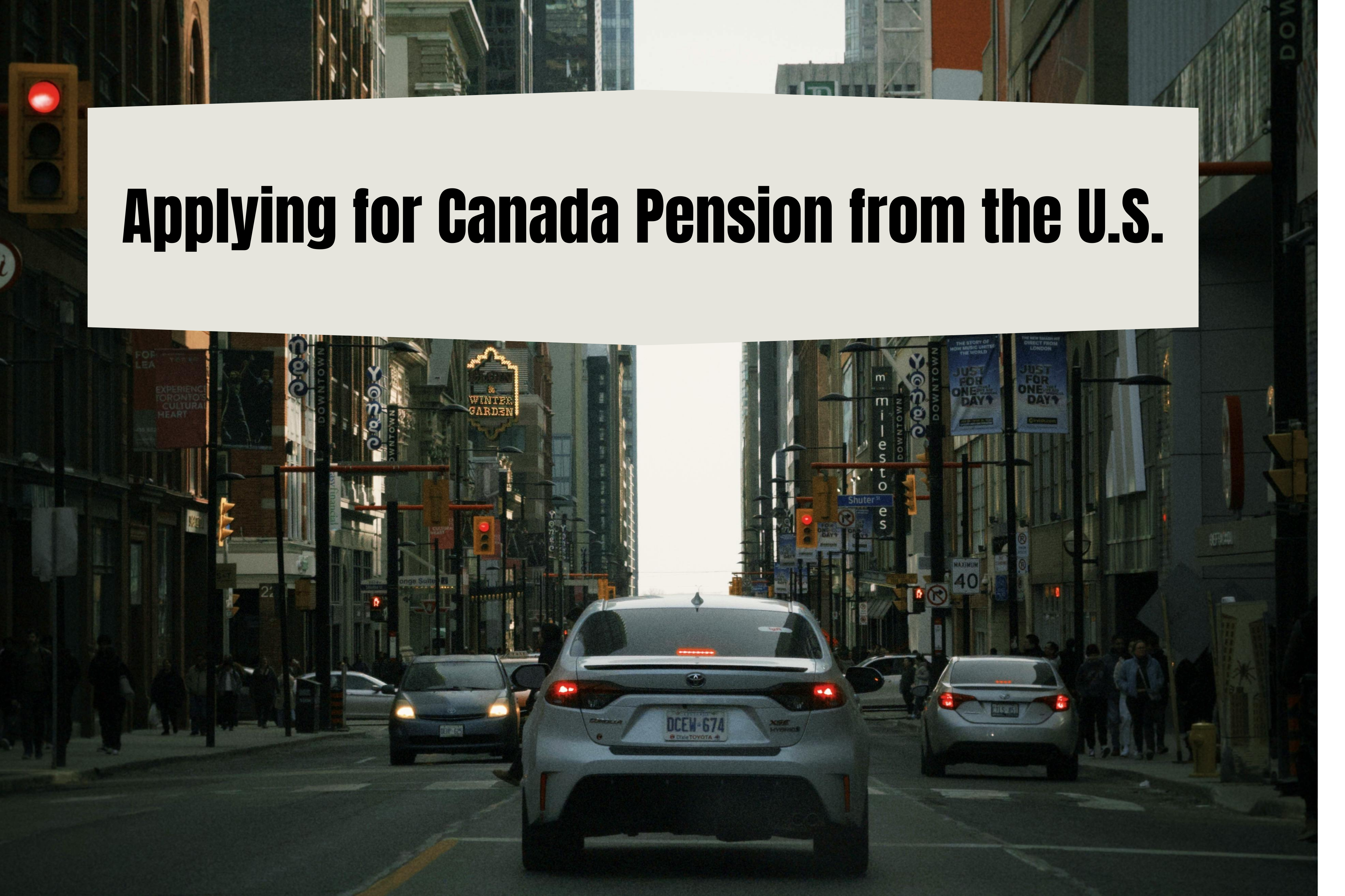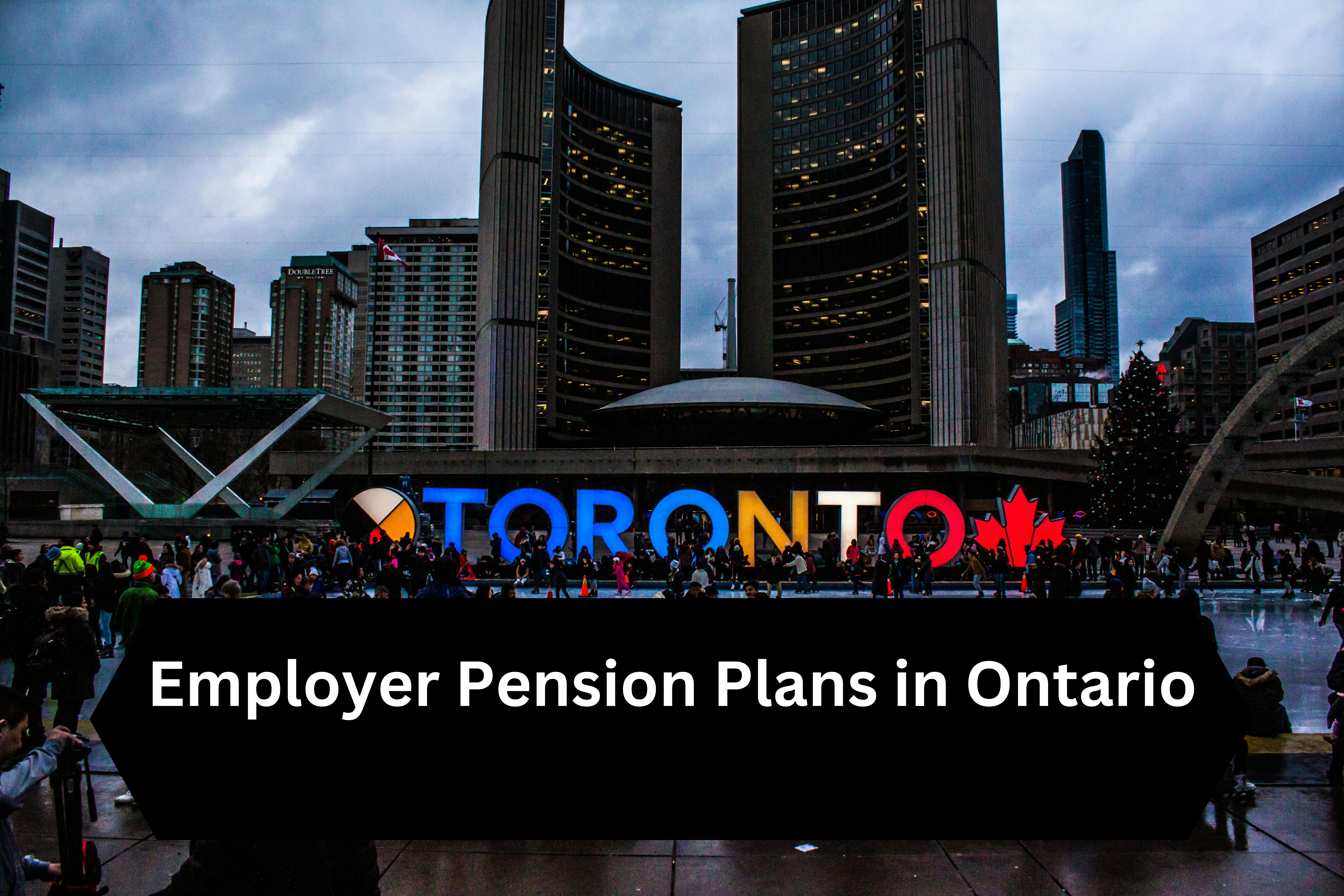Ontario Pension Buyback Rules: Eligibility, Costs & How to Apply

Planning for retirement isn’t just about saving money, it’s also about maximizing the value of your pension. One of the lesser-known strategies many Canadians overlook is the pension buyback. In simple terms, a pension buyback allows you to “buy” credit for previous employment time that didn’t count toward your pension before.
That could be time you took off work (such as parental leave), earlier service before joining your pension plan, or even a period with another employer.
For example, if you worked for a municipality, school board, or hospital in Ontario and later joined a pension plan like OMERS, HOOPP, or OTPP, you may be able to “buy back” those earlier years to increase your future pension income. It’s a way of filling in the gaps in your work history so your retirement benefit grows as if you’d been contributing all along.
But here’s the catch: pension buybacks can be complex and costly, and not everyone qualifies.
Why You Should Read This Guide
If you’re a teacher, nurse, municipal worker, or public servant in Ontario, this guide will help you understand:
Whether you’re eligible to buy back pension service
How much it might cost and how to pay for it
The benefits and risks involved in making this investment
Step-by-step instructions on how to apply with your pension plan
By the end, you’ll have a clear picture of whether a pension buyback is a smart move for your retirement goals or a costly mistake to avoid.
Who Is Eligible for a Pension Buyback?
When I first started learning about pension buybacks here in Ontario, I realized it’s not something everyone automatically qualifies for, but if you’ve worked in the public sector, chances are you do.
For example, Ontario public employees under plans like OMERS (Ontario Municipal Employees Retirement System), HOOPP (Healthcare of Ontario Pension Plan), Ontario Teachers’ Pension Plan (OTPP), or OPTrust (Public Service Pension Plan) are often eligible to buy back pension service for certain periods of employment or leave.
Eligibility generally depends on your employment history and membership in the pension plan. You can usually buy back service for:
Previous employment with a participating employer before you joined the pension plan,
Unpaid leaves of absence (like maternity, parental, or personal leave),
Temporary or contract work that later became permanent, and
In some cases, time spent with another government or public sector employer, as long as there’s a transfer agreement in place.
For instance, when my friend Ellen, a retired nurse, rejoined the HOOPP system after a short break in the early 2000s, she was able to buy back her missing service years. This bumped up her monthly pension by a few hundred dollars, making a real difference in her retirement income.
If you’re unsure whether your plan allows buybacks, it’s best to contact your plan administrator directly. OMERS and HOOPP both have online eligibility tools and calculators that can estimate your cost and potential benefit increase.
Types of Service You Can Buy Back
Not all service time counts equally, and that’s where I initially got a bit confused. Pension buybacks can cover different kinds of service gaps, depending on the rules of your plan.
Here are the main types of service you can buy back in Ontario:
Prior Service
This refers to periods of employment before you joined your pension plan. For example, if you worked full-time for a city municipality for three years before enrolling in OMERS, you might be eligible to buy back those years, essentially treating them as pensionable service.
Leave of Absence (LOA)
Many Canadians take time off work for family, health, or caregiving reasons. Under most public pension plans, you can buy back time missed during unpaid maternity, parental, or sick leave.
I personally bought back one year of parental leave under OPTrust, and although it wasn’t cheap, it added another full year to my service record, worth it for the higher lifetime pension.
Transferred or Interrupted Service
If you switched jobs between employers who offer similar pension plans, you might be able to transfer or buy back that service. Plans like OMERS, HOOPP, and OTPP often have reciprocal agreements with other public-sector pension plans across Canada.
Other Eligible Service (Military, Federally Regulated, etc.)
Some Ontario residents who previously worked for the federal government or Canadian Forces can transfer or buy back that service through special provisions under the Public Service Pension Plan (PSPP).
Each type has different costs and paperwork requirements, so reviewing your plan’s service rules early helps avoid surprises later.
The Cost of a Pension Buyback
Ah, the big question: how much does it actually cost to buy back pension service?
This was the part that made me sit down with my calculator — and a cup of coffee.
The cost depends mainly on three things:
Your salary at the time of buyback,
The number of years of service you’re buying, and
Your current age and interest rate assumptions used by the plan.
Most pension plans use a formula based on your earnings during the service period being bought back. For example, OMERS uses your average annual salary and contribution rate at the time of your service to calculate your cost.
Let’s say you’re buying back two years of prior service from the late 1990s, when your salary was $45,000. If your contribution rate was around 9%, you might pay roughly $8,000 to $9,000 per year of service before interest.
Some people pay directly from their savings, but many choose to transfer money from their RRSP to cover the cost, which can be tax-efficient. However, doing that triggers what’s called a Past Service Pension Adjustment (PSPA), which must be approved by the Canada Revenue Agency (CRA).
A key tip: always ask your plan administrator for a buyback estimate before committing. When I requested mine through OPTrust, they sent a clear breakdown showing the lump-sum cost, the increase in my future monthly pension, and even an installment plan option.
You’ll typically have a set time frame (usually within 24–36 months of rejoining the plan or returning from leave) to complete the buyback. Missing that window could mean losing the opportunity altogether, or facing a higher cost later because of accrued interest.
Buying back service isn’t cheap, but many retirees, myself included, see it as a long-term investment. Every extra year of credited service can add hundreds to your monthly pension, indexed for life.

How to Apply for a Pension Buyback in Ontario
When I first heard about the pension buyback option from my colleague at the city office, I didn’t pay much attention — I thought it sounded like more paperwork than payoff. But after sitting down with my pension administrator, I realized that buying back my missing service years could significantly boost my lifetime income.
If you’re thinking about applying, here’s how the process typically works:
Step 1: Contact Your Pension Plan Administrator
Each pension plan has its own procedure.
For example, if you’re part of OMERS (Ontario Municipal Employees Retirement System), you can log into your myOMERS account and request a “Buyback Estimate.”
Members of the HOOPP (Healthcare of Ontario Pension Plan) can fill out the “Request to Purchase Service” form available online or through HR.
Teachers under the Ontario Teachers’ Pension Plan (OTPP) can use the secure member portal to view eligible service and initiate a buyback directly.
Step 2: Review Your Eligibility
Once you submit your request, your plan administrator will confirm whether your period of employment, leave, or prior service qualifies. They’ll also provide a cost estimate — often based on your current salary and years of missing service.
Step 3: Complete the Application
You’ll usually receive an official Buyback Application Form. It’s important to review the fine print: some plans give you a limited window (typically 6–12 months) from the date you receive your estimate to make a decision.
Step 4: Choose Your Payment Method
You can pay:
In a lump sum (directly or from your RRSP), or
Through payroll deductions spread over several months or years.
I personally opted for an RRSP transfer to avoid immediate tax costs — a route many advisors recommend for retirees and late-career workers.
Step 5: Submit and Track
After payment, the plan updates your service credits. It can take a few months to reflect in your record, so keep copies of every document.
💡 Tip: Most plans suggest speaking with a financial planner familiar with CRA pension rules, since buybacks can affect your RRSP contribution room through a Past Service Pension Adjustment (PSPA).
Pension Plans That Offer Buyback Options in Ontario
Ontario’s retirement landscape includes several strong defined benefit pension plans and most of them allow you to buy back service. Here’s a quick guide based on personal and community experience:
OMERS (Municipal Employees)
Many of my friends who worked for municipalities or local agencies are OMERS members. OMERS lets you buy back:
Previous service before joining,
Periods of reduced earnings, or
Approved leaves of absence (like maternity or parental leave).
You can start the process online at omers.com. Costs depend on your earnings when you left service and your current salary.
HOOPP (Healthcare of Ontario Pension Plan)
Healthcare workers, from nurses to lab technicians, are covered under HOOPP. If you took unpaid time off or moved between HOOPP employers, you can buy back that period.
HOOPP offers online calculators and even free one-on-one sessions through their Member Services Centre to help you decide if a buyback is worth it.
Ontario Teachers’ Pension Plan (OTPP)
Teachers often buy back time spent on parental leave or when working part-time before joining full-time. OTPP’s “Buyback Estimator” tool gives you a snapshot of cost and the added annual pension you’ll earn.
OPTrust (Public Service Employees)
If you worked for the Ontario Public Service or certain agencies, OPTrust allows buybacks for prior OPS service, unpaid leaves, or time with another registered pension plan. Their Member Portal provides secure electronic submissions.
CAAT Pension Plan
CAAT (Colleges of Applied Arts and Technology) is popular among college staff and faculty. Members can buy back unpaid leaves or earlier CAAT service.
Each of these plans has different deadlines and payment rules, so it’s smart to check directly with your plan’s website or customer service team before making decisions.
Advantages of Buying Back Pension Service
Now, speaking as someone who actually completed a buyback through OMERS a few years before retirement, it was one of the best financial choices I made. Here’s why:
1. Higher Lifetime Pension Income
Every extra year of credited service boosts your annual pension. In my case, buying back two years of unpaid leave added nearly $180 per month to my pension — for life. That’s a meaningful difference when you’re living on a fixed income.
2. Potential for Earlier Retirement
In many plans, added service helps you reach the “85 factor” sooner (age + service = 85), meaning you can retire earlier without a pension reduction. Several of my retired colleagues from the City of Toronto reached early retirement age comfortably because of buybacks.
3. Better Survivor Benefits
A buyback also increases the pension amount your spouse would receive if something happened to you. For those of us planning for our partner’s security, that’s priceless peace of mind.
4. Tax Advantages
If you pay using funds from your RRSP or Locked-In RRSP (LIRA), there’s no immediate tax hit, a real benefit compared to withdrawing cash.
5. Strengthened Financial Stability
At this stage in life, I see my pension as a form of guaranteed income, not subject to market ups and downs. Increasing that amount through a buyback can make your retirement budget much more predictable.
Potential Drawbacks and Risks of a Pension Buyback
When I first looked into buying back my pension years in Ontario, I thought it was a no-brainer — more years of service meant more money in retirement. But like most financial decisions, there’s another side to the story.
1. The Upfront Cost Can Be Quite High
Depending on your salary history and how many years you’re buying back, the cost can easily run into the tens of thousands.
For example, my friend Linda, a retired nurse in Hamilton, was quoted over $28,000 to buy back three years of unpaid maternity leave through HOOPP (the Healthcare of Ontario Pension Plan). It’s not pocket change, even when you can use RRSP funds to cover it.
If you’re still working, you might be able to pay over time through payroll deductions, but if you’re close to retirement, you’ll need to come up with the money sooner — and that can strain your cash flow.
2. It Takes Years to “Break Even”
Buying back pension years only pays off if you live long enough to enjoy the extra income.
For instance, one extra year of service under OMERS might increase your pension by around 2% of your average earnings — but if that buyback cost you $15,000, it could take 8–10 years of collecting pension benefits just to break even.
So, if you’re already in your 60s or dealing with health issues, you might not see the full value of your investment.
3. Pension Rules Can Change
Another thing I learned is that pension plans are subject to change. Governments and pension boards can adjust contribution rates, early retirement factors, and benefit formulas.
If you’re banking on today’s rules applying forever, you might be disappointed. While large plans like OTPP (Ontario Teachers’) and OMERS are stable, smaller private plans sometimes merge or change benefit structures.
4. RRSP Room and Tax Implications
Many retirees overlook how a pension buyback affects RRSP contribution room.
When you buy back service, your pension plan reports a Past Service Pension Adjustment (PSPA) to the Canada Revenue Agency (CRA). This reduces your RRSP room — sometimes to zero for the year.
If you’ve already over-contributed to your RRSP, that PSPA can create tax headaches.
5. It’s Not Always Worth It for Everyone
If you plan to retire abroad, expect a shorter life expectancy, or have other guaranteed income sources (like CPP, OAS, or rental income), you might get better returns keeping your money invested privately.
Tax and CRA Considerations for Pension Buybacks
This is where it gets a little technical, but it’s also where many Canadians make mistakes.
When you buy back pension service, the CRA keeps a close eye to make sure your tax-sheltered savings don’t exceed legal limits.
1. Understanding the PSPA (Past Service Pension Adjustment)
Whenever you buy back pension years, your plan calculates something called a PSPA essentially a measure of how much extra pension room you’ve created for yourself.
That PSPA must be approved by the Canada Revenue Agency before your buyback is official.
If your RRSP room is too small to accommodate the PSPA, the CRA might deny your buyback or require you to withdraw RRSP funds or reduce contributions elsewhere.
For example:
If your PSPA is $20,000 but your available RRSP room is only $15,000, you’ll need to free up $5,000 in space before CRA approves your buyback.
2. Using RRSP Transfers to Pay for a Buyback
One nice advantage is that you can use funds directly from your RRSP or Locked-In Retirement Account (LIRA) to pay for the buyback — without triggering immediate tax.
This is called a qualifying transfer, and most major Ontario plans (OMERS, HOOPP, OTPP, and CAAT) accept it.
But the funds must go directly from your RRSP to the pension plan, if you withdraw them yourself first, you’ll owe tax.
3. Reporting on Your Tax Return
When your buyback is approved, you’ll receive a T215 slip or a letter showing the PSPA amount.
Keep that for your records, the CRA automatically adjusts your RRSP contribution room for that year.
If you’re using RRSP funds, your financial institution may also issue a T2033 transfer form showing the transfer to your pension plan.
4. Tax Credits and Deductions
Unfortunately, pension buyback payments are not eligible for a tax credit unless they come from after-tax income (cash, not RRSP).
If you pay with after-tax dollars, you can claim it as a deduction on your return, reducing your taxable income.
I claimed about $3,000 one year when I made a small top-up to my OPTrust pension.
5. Keep an Eye on the CRA’s Approval Timeline
CRA approval can take a few months, especially if your buyback is large or spans many years of service.
Until that approval comes through, your pension increase isn’t guaranteed, so plan ahead if you’re retiring soon.
Takeaway for Ontario Seniors:
Before making a buyback decision, talk to both your pension plan administrator and a tax advisor familiar with CRA pension rules.
For official information, visit:



